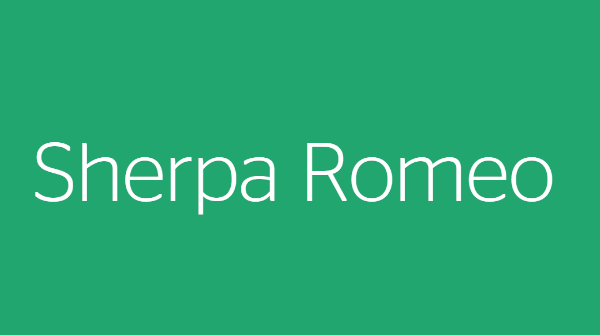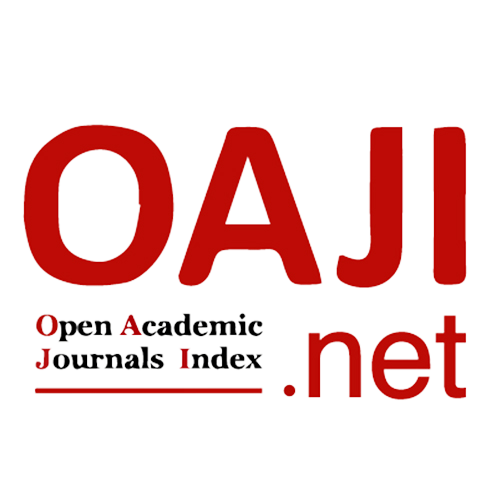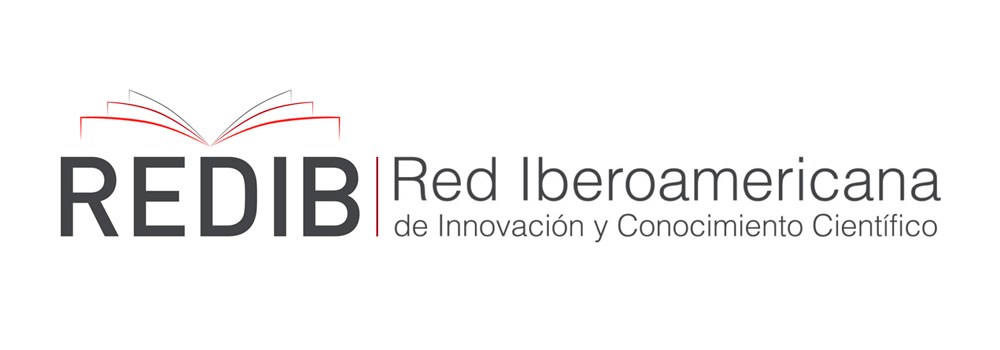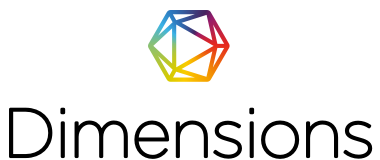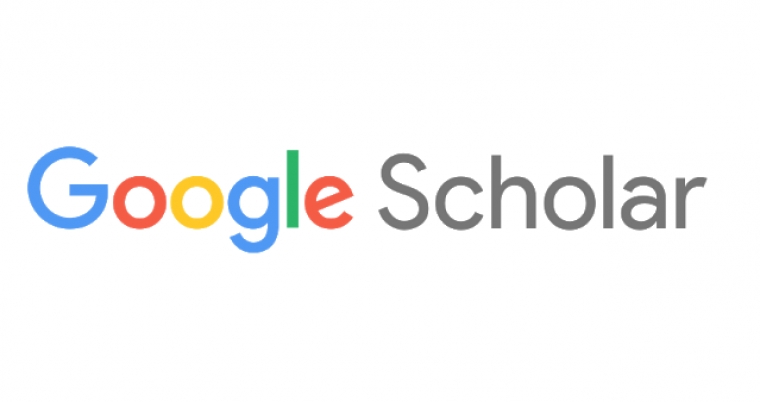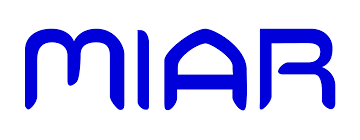Evaluation instruments to verify originality of research in thesis
Keywords:
Originality, responsible behavior, scientific integrity, plagiarism, anti-plagiarism softwareAbstract
The integrity of researchers is a problem since time immemorial; there was always misconduct in the investigation, such as fraud, forgery and plagiarism. Today it is more noticeable, because the knowledge society, thanks to technology, has allowed the development of instruments to verify originality in research. This research aimed to analyze some instruments that can be applied in the evaluation of the master's and doctoral theses of the Graduate School of the Andean University Nestor Cáceres Velásquez. Applying the qualitative approach; using physical instruments such as "codes of honor" where sanctions are established for misconduct and digital instruments such as "software" that allow verifying the originality of the studies. It was observed that the application of these tools has served to reduce scientific malpractice. According to several studies and tests carried out on the systems, of the great variety of software, the ones with the best qualifications are: Urkund with an efficiency of 73% being in the appropriate range, while Turnitin 67% being in the range poor, this is due to the amount of files to compare a job, the more databases, the better the application.
References
Arranz, M. (2007). A favor del plagio. Cuadernos de Neuropsicología, 1(2), 165-166.
Bretag, T., & Mahmud, S. (2009). A model for determining student plagiarism: Electronic detection and academic judgement. Journal of University Teaching & Learning Practice, 6(1).
Brown, B. (1995). The Academic Ethics of Graduate Business Students: A Survey. Journal of Education for Business, 70(3), 151-156. https://doi.org/10.1080/08832323.1995.10117742
Cabedo, A. (2010). Recursos informáticos para la detección del plagio académico. Tejuelo, (8), 8-26.
CONCYTEC. (2018). Manual de uso: Certificación de Conducta Responsable en Investigación (CRI).
Constitución Política del Perú 1993. Carta Magna del Perú, Congreso de la República §.
DIRECTIVA N° 001-2017-OGI-UANCV. Generalidades de los trabajos de investigación de la UANCV (2017). Juliaca.
DIRECTIVA N° 002-2017-OGI-UANCV. Consideraciones para la presentación y revisión de los trabajos de investigación tesis y artículos científicos por el software Turnitin (2017). Juliaca.
Herrera, G. (2016). El primer plagio en la historia de la humanidad.
Koepsell, D., & Ruiz, M. (2015). Ética de la Investigación, Integridad Científica. (Comisión Nacional de Bioética/Secretaría de Salud, Ed.) (Primera ed). México.
LEY N° 28289. Ley de lucha contra la piratería, Congreso de la República § (2004).
LEY N° 28613. Ley del Consejo Nacional de Ciencia, Tecnología e Innovación Tecnológica (CONCYTEC), Congreso de la República §.
LEY N° 30220. Ley Universitaria, Congreso de la República § (2014).
LEY No 28612. Ley que regula el uso, adquisición y adecuación del software en la administración pública, El Peruano § (2005). Lima.
Martin, D. (2005). Plagiarism and Technology: A Tool for Coping With Plagiarism. Journal of Education for Business, 80(3), 149-152. https://doi.org/10.3200/JOEB.80.3.149-152
Miranda, A. (2013). Plagio y ética de la investigación científica. Revista chilena de derecho, 40(2), 711-726. https://doi.org/10.4067/S0718-34372013000200016
Moreno, J., & Muñoz, P. (2018). Aplicaciones de las TIC como herramienta de control de la copia y el plagio. España.
Ramirez, R., & Jimenez, H. D. (2016). Plagio y “auto-plagio”. Una reflexión. Revista de Historia Regional y Local, 8(16), 271-284. https://doi.org/10.15446/historelo.v8n16.56075
Real Academia Española. (2018). Definición de plagio.
Rodríguez-Quispe, N., & Sanchez-Baya, M. (2011). Plagio, una falta de Ética. Revista Científica Ciencia Médica, 14(2), 6-7.
Schlosser, K. (2014). La percepción del plagio académico de los estudiantes y docentes de las facultades de arquitectura, derecho e ingeniería en la Universidad Rafael Landívar. Universidad Rafael Landívar.
Timal, S., & Sánchez, F. (2017). El plagio en el contexto del derecho de autor. Tla-melaua, 11(42), 48-66.
Urbina, S., De Osollo, R., Gallardo, J., Martí, C., Torres, A., & Del Mar, M. (2010). Análisis de herramientas para la detección del Ciberplagio. En XIII Congreso Internacional EDUTEC 2010: E-Learning 2.0: Enseñar y Aprender en la Sociedad del Conocimiento (p. 13).
Valderrama, J. (2016). ¿Cuánto debo plagiar para no ser acusado de plagiador? Formación universitaria, 9(4), 01-02. https://doi.org/10.4067/S0718-50062016000400001
Weber-Wulff, D., Möller, C., Touras, J., & Zincke, E. (2013). Plagiarism Detection Software Test 2013. Plagia.htw.
Downloads
Published
Issue
Section
License
Copyright (c) 2019 Milagros Fuentes

This work is licensed under a Creative Commons Attribution 4.0 International License.









